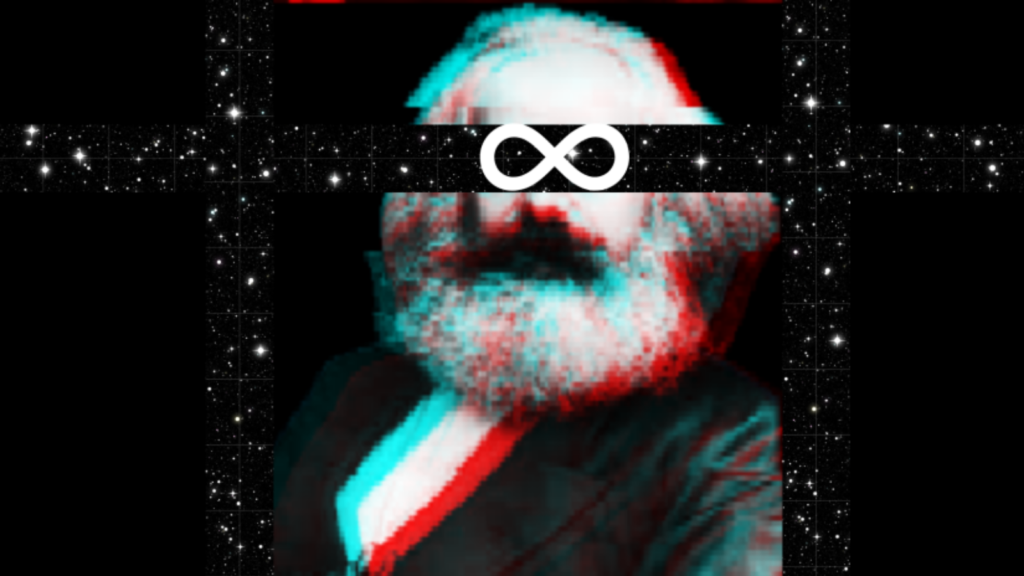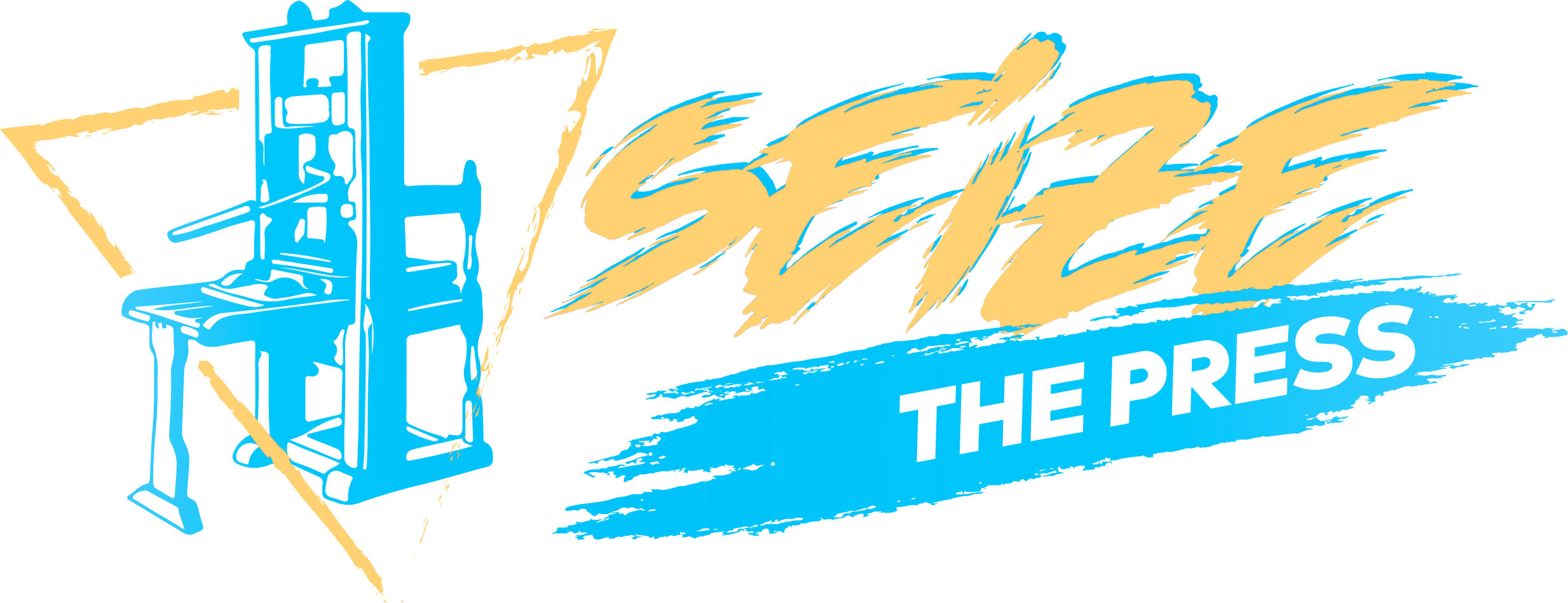
The most immediate myth to dispel about non-fungible tokens (NFTs) is that they have anything to do with art. The relationship between an NFT and a work of art is much like the relationship between a cereal box-promotion fan club card and the musical artist to which it attests the holder’s unparalleled admiration. The NFT is not the art but rather a claim stating your relationship to said art, and a flimsy claim at that—so flimsy that calling it “ownership” amounts to little more than a lie.
From a technical perspective, an NFT is a pointer. It is a document, in the form of a theoretically unique digital identifier recorded in one block of a cryptographic blockchain. The block contains a pointer (such as a URL) and asserts that the piece of art (or other asset) pointed to by it belongs to the recorded individual. Like the fan club card, this assertion is only as meaningful as others deem it important; as the issue of “right click savers” indicates, not many people seem to care.
Traditionally under capitalism, “ownership” is a legally enforceable concept. When you take possession of private property through an agreement recognized by a capitalist state, your possession is backed by the full, violent force of that state; if someone violates that “right,” they are subject to repossession and possible imprisonment, backed by an organized gang of state-sanctioned, lethally armed enforcers—the police. It was not always this way, and understanding the origins of private property is critical to understanding the growing popularity of NFTs. While a full history would take a book-length treatise, Marxists have historically called this development “primitive accumulation,” or later, “enclosure.” In the process of enclosure, previously public goods are declared private and violent force is assembled to dispossess the existing public of those goods and threaten anyone who would challenge that privatization. Most significantly, a species-long history of common land and natural resources were assimilated through enclosure into a near-global expanse of private property.
Also relevant is Marx’s concept of “the tendency of the rate of profit to fall”, which states (in brief summary) that trends inherent in the production process inevitably cause all business investments to become less profitable over time. This creates periodic crises which cannot be solved by processes internal to the economy. Instead, capital is forced to create new opportunities for profitability, the most significant of which is the expansion of enclosure by finding land, natural resources, and even ideas (in the form of “intellectual property”) which can be privatized, adding raw value into the economy and creating new opportunities for profitable investment. In our current, late stage of capitalism, capital encounters a problem: it has successfully privatized almost all land, resources, and forms of intellectual property. With investment earnings stunningly low, where is left to expand?
NFTs offer one such possibility. Even in a world in which capital is increasingly financialized and the manipulation of financial instruments creates investment profit opportunities via bubbles completely delinked from real productivity, NFTs are still uniquely appealing to capital in their claim to invent a new kind of property. If the world of digital art can be made artificially scarce, dispossessing the public of goods that are near-infinite in their capacity to be replicated, this represents not just a new financial instrument to speculate on, but also a new source of value to add to the economy and create opportunities for profit. Nowhere is the parallel between traditional enclosure and NFTs more clear than in the current purchasing spree on exclusive so-called “digital land.” The combination of the speculative value of trading NFTs combined with the allure of cashing in early on a new form of enclosure helps to explain the sudden burst of NFT purchases and the quite noticeable uptick in NFT advertisement, and why major companies and artists are going all-in on NFTs. These are not driven by centralized efforts, but rather tendencies in capital as a whole to seek new investment opportunities.
The only issue for capital—setting aside the issue that the decentralized blockchains on which NFTs run are fundamentally insecure and environmentally destructive, neither of which have ever stopped capital in the past—is that the claims to ownership and property which NFTs make are not yet meaningfully enforceable. This does not eliminate their speculative value, either as tradable financial instruments or as risky, ground-floor gambles on a potential new form of property, but it does motivate capital as a whole to find a way to make the property claims of NFTs enforceable. On top of their devastating environmental impact, this solidifies NFTs as the harbinger of something extremely dangerous.
If capital wishes to make NFT property claims enforceable, it has two options: integrate NFTs into the traditional legal system, or, as Colin Bayer hypothesized on Twitter, empower blockchain decision-making mechanisms to siphon authority away from the state legal system. The first is straightforward, and the earliest signs of crypto’s assimilation into traditional legal and financial forms are already arising: the linking of cryptocurrency and other markets via shared investors, the proposals by both corporations and state officials for state regulation of cryptocurrency, and so on. These efforts hardly touch on NFTs so far, but they do lay the groundwork for making cryptographic transactions intelligible by the state—a precursor to them becoming enforceable—and demonstrate how traditional concentrations of capital are increasingly incentivized to strengthen protections for cryptographic transactions.
Many of crypto’s most diehard enthusiasts, however, are not so excited for state regulation. Instead, they are exploring new forms of crypto-oriented governance. Most commonly taking the form of Decentralized Autonomous Organizations, or DAOs, these fanatical techno-libertarians believe—cynically or not—that storing constitutional rules and voting via blockchain are the future of societal decision-making. Setting aside that these mechanisms are inherently insecure, they also by design concentrate voting power either in those with the most computer hardware or those with the greatest amount of cryptocurrency—in either case, the rich. While right now, DAOs are primarily used for lower stakes purposes, like the management of NFTs, this form lays the groundwork for more worrying developments. If enough cryptocurrency owners were to, for example, purchase real life property and set up the governance of that property in a DAO, thereby staking the enforcement of the DAO with their legally recognized wealth, these DAOs would gain the power to enforce basic capitalist oppressions like rent and homelessness. In this way, NFTs are a loss leader: attract people to regulate artistic ownership via DAO, and work them up to investing significant power in cryptocurrencies and DAOs to govern real life property. If successful, this also presents the opportunity to work backwards, using the growing recognition of this organizational form to empower DAOs governing NFT ownership to enforce their property claims via larger federations of DAOs; if a DAO governs your property or wages, its owners are much more likely and capable of using them to enforce “crimes” perpetrated against their other, NFT-related properties.
In all of this, it is clear that the immediate danger of NFTs is not their immediate claims to ownership, nor their usually hideous and equally nonsensical claims to art, but rather that they are one prong of a spearpoint pointed threateningly at the digital and even physical world. While right now NFTs exist primarily as speculative assets and scam opportunities—in this way not entirely unlike traditional expensive fine art—their true danger is the possibility that capital investment into NFTs will incentivize transforming this process of mock enclosure into one with real property enforcement and perhaps even transform governance itself in the process. Facing a record investment crisis, NFTs are currently an opportunity for capitalists to further delink profit from production; if you are out of new products to sell, simply sell the act of buying. But NFTs are not guaranteed to remain a simulacrum of ownership sold to naive fools who covet the feeling of exclusive property. NFTs are fan club cards, not art, but the true danger is what happens when that fan club is composed primarily of the ultra rich—the sort of colluding body we might collectively term “capital,” and therefore empowered with its authority. In this form, NFTs are prototype weapons in the only war: the class war.

Jess Levine
An author, musician, kindergarten teacher, and communist organizer. On the side, she also writes and designs tabletop roleplaying games. Her diverse creative interests are united by one consistent theme: lesbians. She resides in Philadelphia, on the occupied land of the Lenni Lenape people. Her music and non-fiction writing have been featured in Blood Knife Magazine and her fiction in Clarkesworld.
